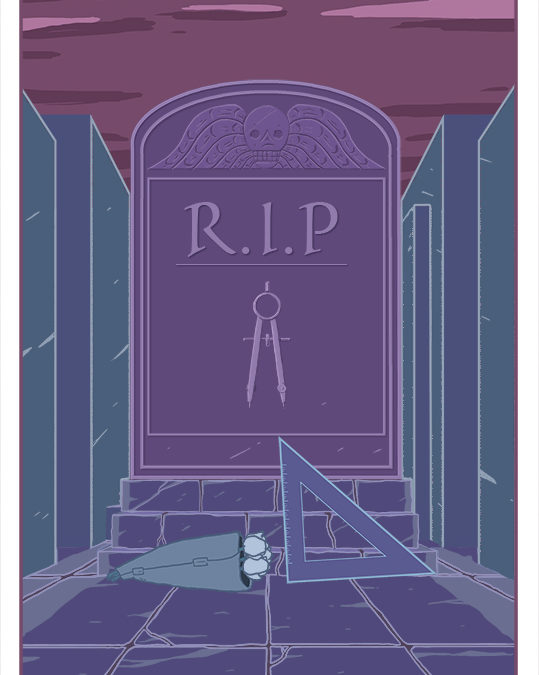After the 1830s places of rest began to become more park-like, and started to reflect the romantic notion of nature as molded by man. Plots were uniformly spaced out, with land being set aside for future lots; grounds were kept immaculate with walkways added to separate the hustle and bustle of the living from the peaceful slumber of the dead. In the 20th century this concept of “rural” cemeteries was transformed into what are now often referred to as memorial parks or perpetual care lawn cemeteries, locations that de-emphasized the use of monuments in favor of unbroken scenery. Not surprisingly these designs had a major influence on American Landscape Design.
Engineering for modern cemeteries is a rather involved process that takes into account not only the dimensions of the land perimeter, but the topographical measurements of the land as well. This is often done to determine the best place to deal place not only lots for burial, but also the placement of structures and proper drainage. Depending on the relative sea level of the grounds, drainage may need to be a priority, as older cemeteries in coastal communities have often not fared well when faced with major and minor flooding. New Orleans has such a high water table that their cemeteries are build much like tiny cities with the visage of above ground tombs permeating the horizon like Necropolis of the ancient world. This practice is performed because the ground is often waterlogged and muddy when dug into only a matter of a few feet, making traditional below ground internment problematic, there have been cases of coffins popping up and floating away at times of flooding due to their buoyancy.
For the most part modern cemetery engineering and design focus on low key appearance and a minimal of hassle, the more the land needs to be changed to fit the project the more engineering is required, usually in the form of drainage or possibly the evening of the landscape and the elimination of wetlands and swamps depending on the region.

